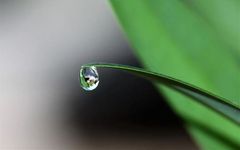For listeners who enjoy audiobooks, you can click below to listen to the audio.
Article Overview
Feeling discomfort in the throat with persistent phlegm that cannot be coughed out, needing to spit phlegm every morning upon waking, experiencing cold, cough, rhinitis, and chronic bronchitis seem to be related to what Traditional Chinese Medicine (TCM) refers to as “phlegm.” Many people self-diagnose as having a phlegm-damp constitution. However, from the perspective of TCM, “phlegm” is not as simple as it seems.Zhang Zhongjing’s “Jinkui Yaolue” specifically discusses “phlegm and fluid cough diseases” and lists numerous solutions. The power of classical formulas is like a drumbeat; today we will explore how the classics view “phlegm and fluid” and how to address this issue, so that more people facing similar troubles can learn and benefit.
Many diseases are caused by phlegm, and many strange ailments are triggered by phlegm. Many people today have varying degrees of phlegm-damp issues, such as dizziness, chest tightness, palpitations, cough with phlegm; sounds of water in the gastrointestinal tract, or a sticky, greasy, dry mouth; easily startled, mentally unstable; sticky, loose stools; skin issues like eczema, urticaria, and chickenpox.
What is phlegm and fluid? Phlegm and fluid are pathological products formed due to metabolic disorders of body fluids, specifically referring to the abnormal circulation and excretion of body fluids (jinye) within the body, leading to stagnation and accumulation. It can occur on the surface or internally, can be cold or hot, can be fluid accumulation or deficiency, and can be real or false. In summary, phlegm and fluid can manifest in various forms of cold, heat, deficiency, and excess.
Later generations have separated “phlegm” and “fluid,” considering the turbid, sticky, and thick parts as “phlegm,” while the clear, thin, and transparent parts are referred to as “fluid.”
However, “Jinkui Yaolue” does not distinctly separate the two, referring to them collectively as water and fluid diseases, with many chapters addressing this topic. Due to the limited length of this article, we will take the “phlegm and fluid cough disease” chapter as an example to understand and treat water and fluid diseases. (Since the term “phlegm and fluid” will appear later, we will refer to the broader issue of metabolic disorders of body fluids as water and fluid diseases for clarity.)
Question: There are four types of fluid, what are they? Teacher: There are phlegm fluid, suspended fluid, overflow fluid, and supporting fluid.
The mentioned “(water) fluid” generally refers to the retention or overflow of body fluids becoming a water evil, which is waste produced by abnormal metabolism that stagnates in the body. Broadly, there are two categories: cold and heat, further divided into phlegm fluid, suspended fluid, overflow fluid, and supporting fluid.

What are the four types of water and fluid diseases according to “Jinkui”?
What are these four types of fluid diseases, and how do we differentiate them? Zhang Zhongjing begins to explain:
Question: How do the four fluids differ? Teacher: If a person is usually robust but now thin, with water running in the intestines, making a dripping sound, it is called phlegm fluid; if the fluid flows under the ribs after drinking, causing cough and pain, it is called suspended fluid; if the fluid flows to the limbs, causing heaviness and pain, it is called overflow fluid; if there is cough with difficulty breathing, and the body appears swollen, it is called supporting fluid.
Let’s break down these statements for clarity.
First, regarding phlegm fluid,phlegm fluid is described as “water running in the intestines, making a dripping sound”, where “intestines” refers to the internal organs, as opposed to the surface of the body. This indicates that “phlegm fluid” is water fluid within the body. What manifestations can occur?
Common manifestations include intestinal sounds, gurgling noises in the abdomen, loose stools, and difficulty urinating (including frequent urination, excessive urination, nocturia, or scanty urination, both excessive and scanty urination are considered difficulty urinating). You can also feel the pulse, which will be deep, indicating the presence of water fluid internally.
It is important to note that “phlegm fluid” here does not refer to the visible phlegm we commonly associate with coughing; that is generally categorized under “supporting fluid.” This is a key distinction to remember.

Next, let’s look at the characteristics of suspended fluid.
Suspended fluid is described as “after drinking, the water flows under the ribs, causing cough and pain”. Many interpret this as water flowing to the rib area after drinking, causing cough and pain. However, it actually indicates that this person has water accumulation, with water fluid stagnating in the rib area, causing cough and pain in the chest and ribs.
Another description of suspended fluid is found in “Shanghan Lun”:
152. Taiyang wind. Diarrhea and vomiting. If the surface is resolved, it can be attacked. The person sweats profusely. The onset is intermittent. Headache. Fullness and distension under the heart. Pain under the ribs. Dry heaving and shortness of breath. Sweating without aversion to cold indicates that the surface is resolved but the interior is not harmonized. The Ten Jujube Decoction is the main treatment.
In section 152, it mentions “if the surface is resolved, it can be attacked,” indicating that this person must first resolve the surface condition before attacking the interior. This shows that there is an internal issue, with diarrhea and vomiting being manifestations of water conditions, indicating the presence of water fluid internally, and this water fluid must be of the hot type; otherwise, it would not mention resolving the surface first.
Why? Because we know that if there is cold in the interior, both the surface and interior are cold, and the interior must be warmed first, not just resolving the surface. In cases of interior cold, the interior must be warmed before resolving the surface, which can be corroborated in section 372 of “Shanghan Lun” that states to warm the interior first before attacking the surface.
In cases of both surface cold and interior heat, the surface must be resolved first before clearing the interior heat. Otherwise, if we directly clear the interior heat, the surface cold will remain unresolved, leading to further issues.
Thus, this is a case of hot water fluid, and section 152 describes a situation with both interior heat and water fluid, with symptoms of “fullness and distension under the heart” and “pain under the ribs” being very similar to the symptoms of “water accumulation under the ribs,” which also describes suspended fluid.
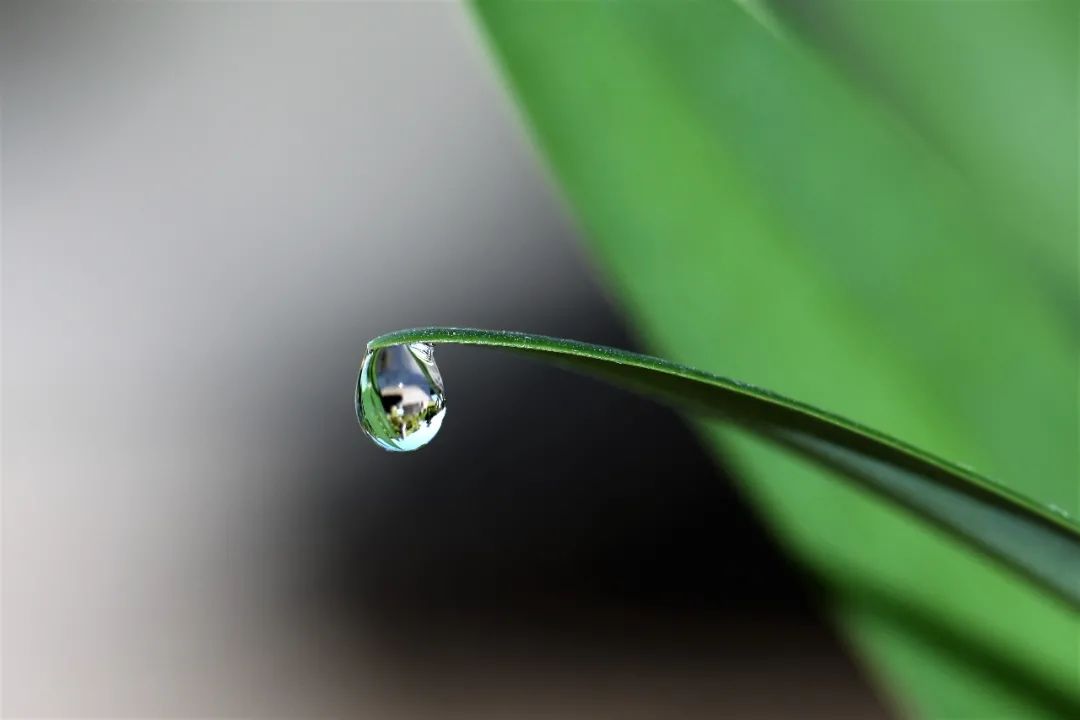
Next is overflow fluid, which is quite common, often presenting as skin rashes, urticaria, eczema, chickenpox, and body heaviness and swelling, all categorized as overflow fluid.
Overflow fluid is characterized by “flowing to the limbs, causing heaviness and pain”, indicating that this water fluid has overflowed to the surface of the limbs.
“When sweating is expected but does not occur” indicates that overflow fluid should ideally be released through sweating, either through the body’s strong vital energy or through the physician’s use of sweating methods (sweating can resolve surface water fluid; those with overflow fluid should induce sweating).
However, currently, the water fluid is trapped in the skin and obstructing the sweat pores, preventing sweating, hence overflow fluid is characterized by the absence of sweating. If there is abnormal sweating, that indicates a different condition, which Zhang Zhongjing refers to as “wind water.” “Body heaviness and pain” occur because the water fluid is constraining the surface, leading to symptoms of heaviness, swelling, and pain.

Finally, supporting fluid is a more complex situation.
Why is it called “supporting fluid”? This is explained in “Bingyuan”:Supporting fluid is water fluid that remains between the chest and diaphragm. “Support” actually means to prop up, as the water fluid supports the person’s chest, with the most typical symptoms being described as “coughing with difficulty breathing, shortness of breath, and a swollen appearance”.
People may experience chest tightness, palpitations, cough, shortness of breath, feeling of insufficient air, and discomfort when lying down, leading to difficulty breathing. In severe cases, they may experience breathlessness and difficulty breathing. In cases of severe shortness of breath, you may observe significant retraction in the suprasternal notch, supraclavicular fossa, and intercostal spaces, known in modern medicine as the “three retraction sign.” Some may even adopt a forced sitting position to breathe.
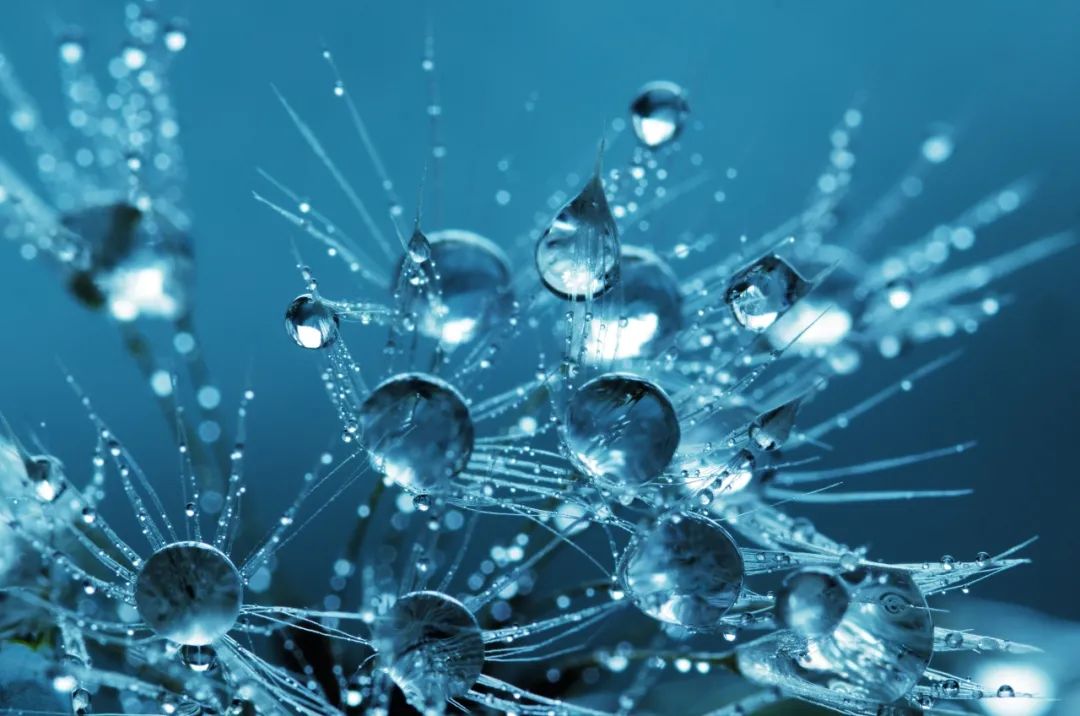
At this point, let’s summarize the common symptoms and characteristics of the four types of fluid.
Phlegm fluid: internal water fluid, such as intestinal sounds, difficulty urinating, loose stools, and deep pulse.Suspended fluid: water accumulation with heat, presenting as water accumulation under the ribs, causing cough and pain.Overflow fluid: water fluid at the surface, such as heaviness, swelling, skin rashes, and chickenpox.Supporting fluid: upper jiao water fluid, such as cough with difficulty breathing, palpitations, cough, and dizziness.
You can assess your own condition to determine which type of fluid disease you may have. It is likely that half of the people may have two to three types, such as supporting fluid with dizziness and chest tightness; overflow fluid with frequent skin rashes in summer; and phlegm fluid with frequent loose stools. So what should be done?
Next, let’s look at how to resolve these four types of fluid.

How to treat the four types of fluid?
“Jinkui Yaolue” mentions that “for those with phlegm fluid, one should use warming herbs to harmonize it,” which many believe is the general treatment principle for water fluid diseases.
“Use warming herbs to harmonize it” refers to using warm herbs for treatment. In what situations can warm herbs be used for water fluid? Certainly not for hot water fluid, as that would exacerbate the condition. Only cold water fluid can be treated this way.
This indicates that “those with phlegm fluid” refers to cold fluid, which is the phlegm fluid described earlier as “water running in the intestines.” It does not refer to all water fluid diseases, such as suspended fluid, which cannot be treated with warming herbs.
1. Phlegm fluid – Harmonize with warming herbs
Phlegm fluid is internal water fluid, which is cold, and should be harmonized with warming herbs. There are many formulas for treating phlegm fluid, such asPing Wei San, Gui Zhi Tang, Ren Shen Bai Du San, and Shen Ling Bai Zhu San, etc.
Commonly used herbs include:Fu Ling, which drains water fluid, is indicated for “chest and rib counterflow qi, anxiety, fear, palpitations, fullness and distension under the heart, cough with counterflow, dry mouth and tongue, and difficulty urinating” – these are all manifestations of water conditions.Bai Zhu, which is slightly warm and treats internal cold fluid. It can be combined withGui Zhi, Gan Jiang, Fu Zi, Xi Xin, and Wu Wei Zi to warm and transform cold fluid.
Here is an example from Teacher Yi Wang (a lecturer on the “Shanghan Lun” course, a practicing TCM physician, and author of “The Six Essential Elements of Clinical Practice in Shanghan Lun”) treating hypertension. A 40-year-old female patient with a six-month history of hypertension, not taking antihypertensive medication. Her blood pressure could reach as high as 170/120 mmHg in the morning, with a 24-hour average of around 150/110 mmHg, without significant discomfort.
The collected four diagnostic methods are as follows: general spirit, slightly afraid of cold with sneezing (history of chronic rhinitis), no runny nose, not afraid of wind. No fever. Sweating during exercise, warm hands and feet. Good appetite, enjoys drinking hot water, 800ML, good digestion. Occasional tinnitus lasting a few seconds. Chest and abdomen are fine. Sleep is fine. Bowel movements every two to three days, slightly dry at first and softer later. Slightly yellow urine in the morning, slightly less volume. Nighttime urination 0-1 times. Lower eyelids slightly red. Skin on the lower legs slightly dry. Tongue is pale with tooth marks, not thick, with thin white and slightly greasy coating; pulse is slow and slightly deep.
Having bowel movements every two to three days, with the first part being dry and the latter part soft indicates an internal water accumulation. The pale tongue with tooth marks is a very clear symptom of cold fluid in the body, and the slow and slightly deep pulse also indicates the presence of water fluid. Therefore, considering all these factors, it is determined to beTaiyin internal water fluid, and the formula used isZhen Wu Tang. Prescription:Fu Ling 15g, Bai Shao 15g, Bai Zhu 15g, Bai Fu Pian 5g, Sheng Jiang 15g (sliced), where Bai Zhu and Fu Ling can drain and benefit water, while Bai Zhu, Fu Zi, and Sheng Jiang can warm and transform cold fluid, aligning with the treatment principle of “using warming herbs to harmonize it.”
After taking the first dose of Zhen Wu Tang, the patient’s blood pressure stabilized around 130/85 mmHg for three consecutive days. After ten doses, the blood pressure stabilized at 130/80 mmHg, and the medication was stopped for observation. Follow-up after one month showed stable blood pressure, with no further increases.
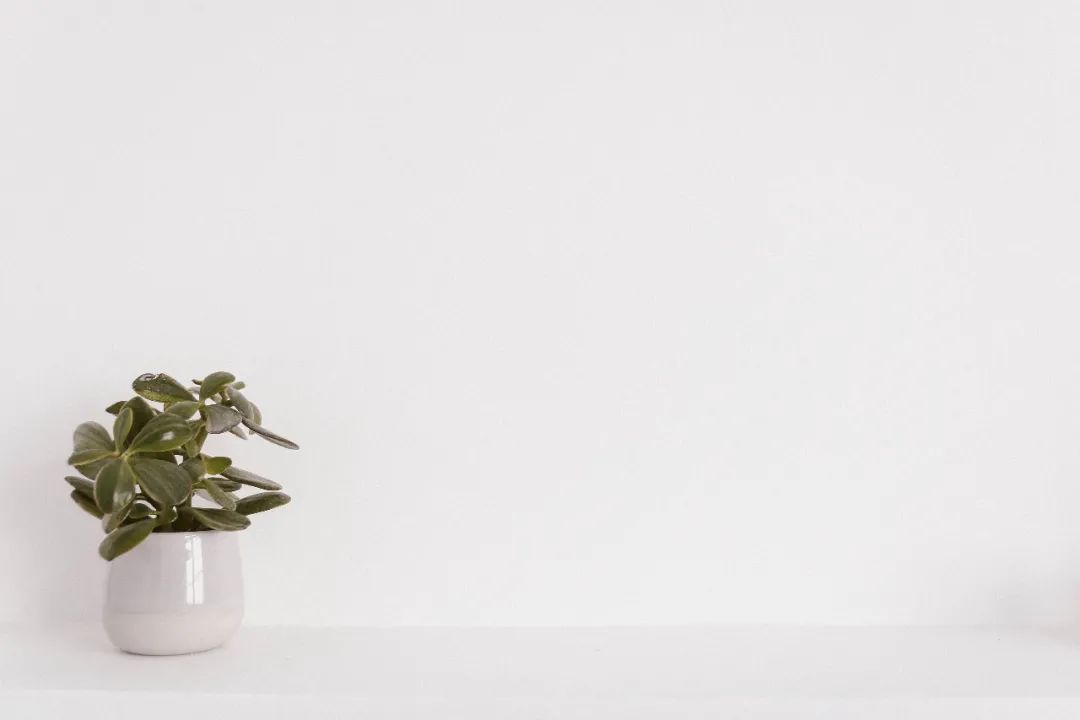
2. Suspended fluid – Attack downwards
For suspended fluid, “Jinkui Yaolue” provides a formula for attacking downwards, the Ten Jujube Decoction. “For those with suspended fluid, the Ten Jujube Decoction is the main treatment.“
In the Ten Jujube Decoction, the herbs Yuanhua, Gansui, and Dajie are all used to aggressively expel water fluid, and are quite potent, often used for pleural effusion or ascites, combined with Yangming syndrome, and with Yangming interior heat, without surface cold, requiring an aggressive approach.
Ten jujubes are added, as jujubes can also benefit water and help nourish body fluids to prevent (Dajie, Yuanhua, Gansui) from excessive purging.
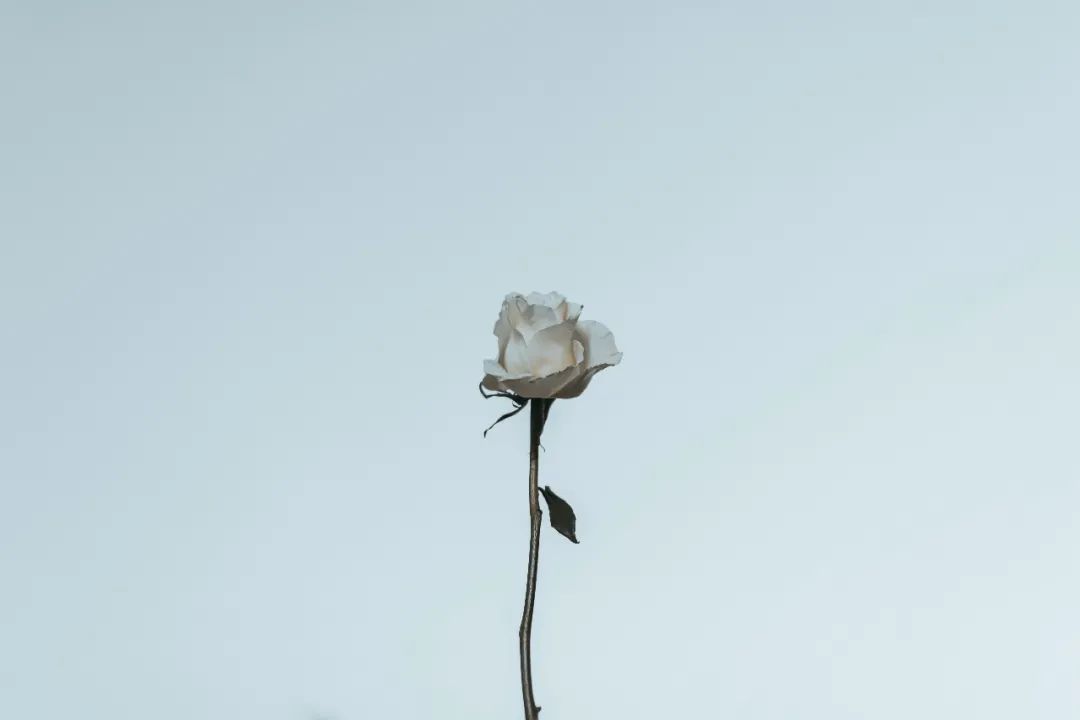
3. Overflow fluid – Induce sweating
Overflow fluid must be differentiated between cold and heat. For surface cold fluid, cold overflow fluid can be treated with the Major Blue Dragon Decoction, which presents with body heaviness or swelling. The well-known Ma Huang Decoction syndrome, with body aches and no sweating, also indicates the presence of overflow fluid. For hot overflow fluid, such as Bai Hu Tang, symptoms include numbness of the mouth, facial dirtiness, and body heaviness, all of which belong to overflow fluid, with distinctions between cold and heat.
“Jinkui Yaolue” mentions that “for overflow fluid, one should induce sweating,” indicating that overflow fluid should be released through sweating, expelling water fluid from the surface of the body.
Here are some commonly used herbs:
Spicy warm herbs for releasing the surface and inducing sweating: such as Ma Huang, Gui Zhi, Xing Ren, Sheng Jiang, and Dan Dou Chi; Huang Qi belongs to the sweet warm category, commonly used for those with weak constitutions and overflow fluid.
Spicy cold herbs for resolving muscle and removing overflow fluid: such as Shi Gao, Ge Gen, Chai Hu, Sheng Ma, Dan Pi, and Han Shui Shi;
If the diagnosis is accurate, the effect is quick. Here is a case that Teacher Yi Wang treated. A patient presented with urticaria-like skin rashes for nearly three months, with emotional agitation, skin heat, or rashes appearing when the skin is pressed, most notably in the popliteal fossa, accompanied by intense itching, which subsides after a while. Taking hot baths exacerbates the itching. When the itching becomes unbearable, the patient takes antihistamines to relieve it, and eventually seeks treatment.
The patient is not afraid of hot or cold, feels normal temperature in hands and feet, sweats normally, skin is dry, and has acne on the back; enjoys drinking warm and cold cola; good appetite, stomach does not mind hot or cold. Urine is slightly yellow. There are almost no uncomfortable symptoms, the only strange thing is that the patient has bowel movements 1-3 times a day, with both dry and loose stools.
This patient primarily presented with urticaria-like skin rashes and itching, and the pathogenesis was analyzed as overflow fluid. Looking at other symptoms, the patient is not afraid of hot or cold, hands and feet are not cold, and sweating is normal, ruling out surface cold issues.
Skin dryness indicates external dryness. Acne indicates external accumulation. Good appetite and stomach not minding hot or cold indicates no significant interior cold pathology. However, having bowel movements 1-3 times a day, with both dry and loose stools, combined with a preference for cold drinks and slightly yellow urine, indicates that there isinterior heat with overflow fluid.
Teacher Yi Wang ultimately used a modified Ge Gen Chai Hu Decoction, based on Huang Qin Decoction, adding Ge Gen, Chai Hu, and Shi Gao,Huang Qin 15g, Chai Hu 15g, Ge Gen 20g, Bai Shao 15g, Sheng Gan Cao 10g, Sheng Shi Gao 30g.
This patient had interior heat combined with overflow fluid, and for overflow fluid, we used Ge Gen, Chai Hu, and Shi Gao, which are spicy cold herbs to treat the condition, while Huang Qin Decoction addressed the interior heat. After taking three doses, the urticaria-like skin rashes completely resolved, and follow-up showed no recurrence. The patient reported that during the first two doses, bowel movements were loose, but later returned to normal. The loose stools during medication were a process of “self-cleansing of impurities.”
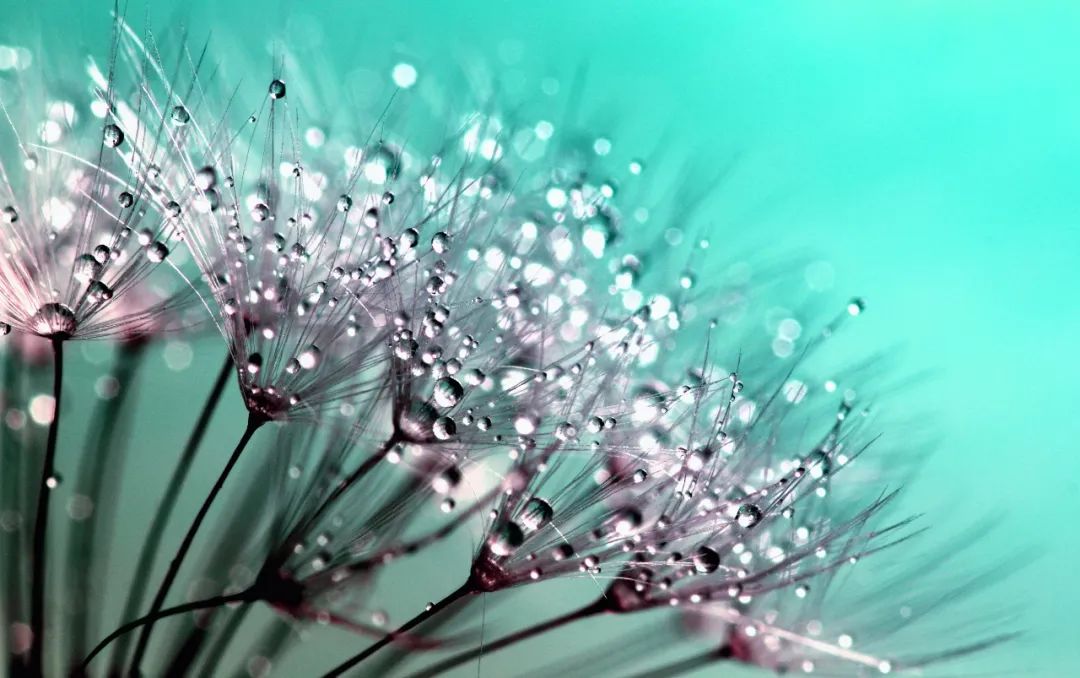
4. Supporting fluid
As mentioned earlier, the situation of supporting fluid is more complex. It can be seen in many conditions, such as Taiyang disease.
64. Excessive sweating. The person has cold hands and feet. Palpitations under the heart. Wants to press on it. Gui Zhi Gan Cao Tang is the main treatment.
——”Shanghan Lun”
This person has Taiyang disease, and after using sweating methods, excessive sweating leads to palpitations, which are caused by water fluid, but they prefer to press on it for relief, indicating a deficiency condition. In the face of this water fluid, diuretics cannot be used, so Gui Zhi Gan Cao Tang is employed.
Supporting fluid can also occur without surface cold, such as in Ze Xie Tang.
When there is supporting fluid under the heart, the person suffers from dizziness, Ze Xie Tang is the main treatment.
Additionally, supporting fluid can also be treated with formulas that address both surface and interior, such as Ling Gui Zhu Gan Tang.
When there is phlegm fluid under the heart, with fullness in the chest and ribs, dizziness, Ling Gui Zhu Gan Tang is the main treatment.
Furthermore, like overflow fluid, supporting fluid must also be differentiated between cold and heat. For example, “Jinkui Yaolue” mentions Xiao Qing Long Tang, which is for cold supporting fluid under the heart, “coughing with difficulty breathing, unable to lie down, Xiao Qing Long Tang is the main treatment”; and Hou Po Da Huang Tang treats severe supporting fluid in the chest.
Here, I would like to introduce a typical case of supporting fluid treated by Teacher Yi Wang. The patient is a 50-year-old female with a long history of chronic bronchitis, experiencing severe cough and shortness of breath after catching a cold.
How does her cough and shortness of breath manifest? She cannot lie flat, experiences chest tightness, shortness of breath, and has difficulty expectorating white, sticky phlegm, which aligns with the symptoms described as “coughing with difficulty breathing, unable to lie down” – a very typical symptom of supporting fluid.
Other symptoms include: fear of cold and wind, slight fever, little sweating, poor appetite recently, and infrequent bowel movements, usually slightly loose. Urine is normal. Coughing and shortness of breath affect sleep; she feels heavy and sore all over, with lower back pain, dizziness, normal appetite, and irritability. The tongue is pale with a thin white greasy coating and slight tooth marks; the pulse is wiry and slippery.
This patient has symptoms of surface cold wind, fear of cold and wind, slight fever, and aversion to cold, indicating Taiyang disease. Additionally, dizziness, cough, and shortness of breath indicate supporting fluid. Frequent loose stools also suggest the presence of water fluid. Considering all these factors, Xiao Qing Long Tang is used, with a slight addition of Shi Gao due to mild Yangming heat, resulting inXiao Qing Long Jia Shi Gao Tang. The final prescription is:Ma Huang 15g, Zhi Gan Cao 15g, Gui Zhi 15g, Shao Yao 15g, Xi Xin 15g, Gan Jiang 15g, Wu Wei Zi 20g, Ban Xia 20g, Sheng Shi Gao 10g..
After taking one dose, the phlegm became thinner and easier to expectorate, cough and chest tightness significantly reduced, and diarrhea occurred several times, with overall body aches greatly alleviated. After four doses, the patient was cured and discharged.
The “phlegm and fluid cough chapter” is briefly introduced here, which is actually part of the water and fluid diseases in “Jinkui Yaolue.”
Highlights from Previous Articles
All diseases in the world are rooted in toxic emotions.
Comic explanation of the subconscious: When the subconscious is presented, destiny can be rewritten.
In the remaining years, cultivating an ordinary heart is also a form of fulfillment.
Here’s a secret to maintaining a healthy body.
All sources of tension stem from wanting to become something.
Left Zongtang: There is no empathy in the world, only personal experience.
From the principle of planting trees, see the formula of Xiaoyao San.
Why can Wujisan treat all diseases?
Summary of weight loss with classical formulas – the royal way of weight loss.
My forty years of medical practice.
Differences in Qi mechanisms between the five organs and six bowels.
An elderly woman suffering from asthma for over 30 years, ineffective treatment, cured with a single herb, Shan Zhu Yu, with no recurrence.
You are just “playing a game” in the world.
What is “zero limit”? Why do we say “I love you, I’m sorry, please forgive me, thank you”?
Heartfelt annual advertisement: Will this world not get better?
The importance of emotional management by mothers to the family.
How many couples spend their lives as each other’s critics?
The globally sensational short article: “Youth”.
Six types of marital relationships determine six types of futures for children.
The essence of TCM: dampness, fire, phlegm, qi, and stagnation.
What is “phlegm” in TCM?
Identifying phlegm in TCM + Ling Gui Zhu Gan Tang (thinking about phlegm).
“Jinkui Yaolue” treatment methods and formulas for phlegm and fluid diseases.
Myocardial infarction is often due to insufficient heart yang! Formulas for moving qi and transforming phlegm can unblock heart yang and resolve myocardial infarction.
Comprehensive collection of phlegm formulas (essential for clinical practice).
Qing Qi Hua Tan Wan: commonly used formula for cough with abundant yellow phlegm.
Many strange diseases are caused by phlegm; this article clarifies phlegm thoroughly.
A wonderful formula that clears heat, benefits dampness, transforms phlegm, and opens the orifices, keeping the heart clear (including a case of Xiong Jibai’s Changpu Yujin Decoction).
Summary: The body’s five evils (wind, cold, stagnant fluid, phlegm, dampness, and blood stasis).
A formula that resolves six stagnations: qi stagnation, blood stasis, phlegm dampness, fire stagnation, food stagnation, and damp stagnation.
A classic formula for nourishing the stomach, strengthening the spleen, drying dampness, transforming phlegm, and relieving pain.
What exactly is dampness in TCM? What strange diseases can it cause?
What is tinnitus? It’s just phlegm rising. I thought he was talking nonsense, but I was wrong.
Liu Duzhou: Phlegm is the mother of all diseases; discussing the twelve transformations of Wen Dan Tang.
Zhang Xichun: Jian Pi Hua Tan Wan.
Zhang Xichun: Answers on the treatment of phlegm and fluid (Li Yin Tang).
How did Zhu Danxi treat “phlegm”?
Wen Tong, expelling phlegm, resolving yin, transforming stasis, opening stagnation, transforming phlegm, benefiting qi, nourishing yin, calming fright | Liu Duzhou on treating heart disease.
Zhang Xichun answers on the treatment of phlegm and fluid.
Wanjian Qifang Wujisan – can disperse cold accumulation, food accumulation, qi accumulation, blood accumulation, and phlegm accumulation.
Explaining how phlegm, fluid, water, and dampness are formed | Li Ke.
Learning about Chinese patent medicines daily – Bao Long Wan (expelling wind and transforming phlegm, strengthening the spleen and harmonizing the stomach).
Learning about Chinese patent medicines daily – Bao Ying Dan (internal closure due to phlegm heat).
Lost 18 kilograms in two months; Ban Xia Xie Xin Tang treats phlegm-damp obesity (weight loss).
Chen Xiuyuan teaches you to treat “phlegm and fluid”.
Many strange diseases are caused by phlegm; this article clarifies phlegm thoroughly.
A single famous formula with three herbs can smooth qi and expel phlegm, completely removing phlegm (San Zi Yang Qin Tang).
Water, fluid, phlegm, and dampness are the four major yin evils with different treatment secrets.
Allergies and snoring are related to phlegm, dampness, and cold | Xu Wenbing.
Many strange diseases are caused by phlegm; this article clarifies phlegm thoroughly.
Explaining the dryness of phlegm: why are there so many strange diseases? What are external dryness, internal dryness, warm dryness, and cool dryness?
I used TCM to cure a comatose patient for a year (including Tongqiao Huoxue Tang, Di Tan Tang).
Wang Sijun’s lecture on classical formulas – 88 – labor injury resolution: qi and blood; Yanghe Decoction: bone tuberculosis, bone tumors, anthrax, phlegm masses, lymphatic tuberculosis; purging decoction; Gui Zhi Fu Ling Wan combined with Wu Zhu Yu Tang.
The core pathology of coronary heart disease is “phlegm and blood stasis”.
How do meat lovers gradually develop phlegm and dampness?
Many strange diseases are caused by phlegm; this article clarifies phlegm thoroughly.
Introducing a miraculous medicine for phlegm and dampness – Zhu Li Da Tan Wan.
Excessive phlegm easily leads to strange diseases; this method can remove the root of phlegm and say goodbye to phlegm!
Er Chen Wan, used as a base for those who are weak and cannot tolerate tonics! For gastrointestinal discomfort and cough with excessive phlegm, use it to improve.
Expelling phlegm and detoxifying formula for treating nasopharyngeal cancer.
Miraculous formula for lipomas (phlegm masses/nodules).
Many diseases are caused by phlegm; this article clarifies phlegm thoroughly.
Zhu Liangchun: Phlegm injection (nodular disease) differentiation and treatment (phlegm masses/nodules/lipomas).
All tumors are caused by phlegm – Master of National Medicine Zhou Daihan’s experience in treating cancer.
Precocious puberty? TCM can transform it from phlegm.
Many strange diseases are caused by phlegm; this article clarifies phlegm thoroughly.
Ni Haixia: Seven-year-old child with phlegm obstructing the heart!
Those who sweat easily are mostly suffering from heavy phlegm and dampness.
Phlegm, cough, asthma, and lung diseases are treated with TCM formulas!
Stroke = extinguishing wind, activating blood, transforming phlegm? A case of Ge Gen plus Ban Xia Tang.
TCM helps you see through – phlegm, stasis, toxins, and diabetic nephropathy.
“Er Chen Wan” expels phlegm and dampness, clears the stomach and intestines, very much needed in summer!
Because of phlegm and dampness, there is an evil saying that “there are no beauties in Guangdong”.
Symptoms and conditioning methods of phlegm-damp constitution.
TCM helps you see through – phlegm, stasis, toxins, and diabetic nephropathy.
The eight yin toxins of the human body: sweat, phlegm, water, urine, blood, qi, stool, fat; how to detoxify?
Cases of treating deficiency with phlegm.
Master of National Medicine Li Zhenhua: Soothe the liver, strengthen the spleen, clear the heart, and transform phlegm to treat depression!

